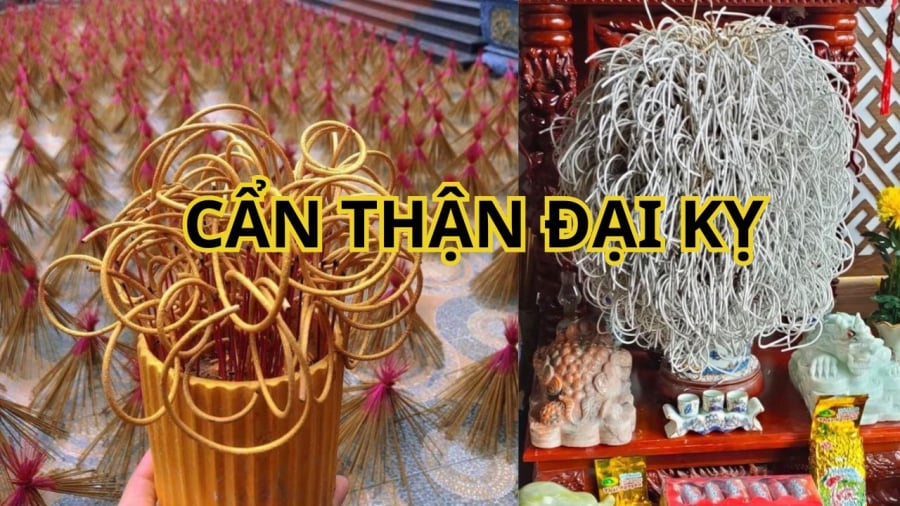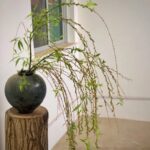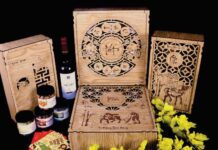Why are Coiled Incense Sticks So Popular?
Incense sticks are an integral part of spiritual practices in Vietnam. Lighting incense is a folk belief custom deeply rooted in Vietnamese culture. No ceremony or offering is complete without it. The burning of incense marks the beginning of a ritual, bridging the gap between the physical and spiritual realms.
Burning incense on fortnightly occasions, at tombs, and before ancestor altars, deities, and temples is a time-honored tradition. According to folklore, when an incense stick burns completely without breaking, leaving the ash coiled around the stick, it signifies good luck and prosperity for the household. Out of a thousand incense sticks, one might encounter such a phenomenon, making it a rare and auspicious sign. Families consider it a blessing and believe that good fortune is upon them if they find coiled incense ash on their altars, especially on New Year’s Eve, as it foretells a year of smooth sailing and good luck.

Naturally Coiled Incense Ash Brings Good Fortune, While Chemically Induced Coiling May Signal Bad Luck
This belief stems from the use of natural ingredients in incense sticks in the past, primarily agarwood and other natural herbs, free from any chemical interference. Hence, the coiling of incense ash was considered a special occurrence.
However, some manufacturers have started using chemicals to artificially create coiled incense ash, catering to the belief that it brings good luck. Many people, holding on to this belief, prefer to buy these chemically treated incense sticks.
Why Do Feng Shui Masters Advise Against Buying Coiled Incense Sticks?
While coiled incense ash is considered a positive omen in feng shui, it is essential to understand that this only applies to naturally occurring coiling. Spiritual and feng shui practices value sincerity above all else.
Therefore, if the coiling is artificially induced, it loses its spiritual significance. This deliberate act of coercion does not bring good luck but is seen as a form of deception, which is a major taboo in spiritual and feng shui beliefs. The very essence of worship is sincerity, and this forced coiling is considered disrespectful and counterproductive.

Be Cautious of Health Hazards
The use of chemicals to force the coiling of incense ash is not only spiritually deceptive but also harmful to your health. Burning these chemically treated incense sticks can release toxic fumes, increasing the risk of illnesses. Exposing yourself and your family, especially the elderly and children, to these fumes is akin to contaminating your altar, inviting bad luck, and dissipating your wealth and blessings. Experts advise caution when using coiled incense sticks and recommend opting for natural, chemical-free incense sticks to maintain a pure and sincere spiritual practice.
This information is for reference and personal reflection only.






































